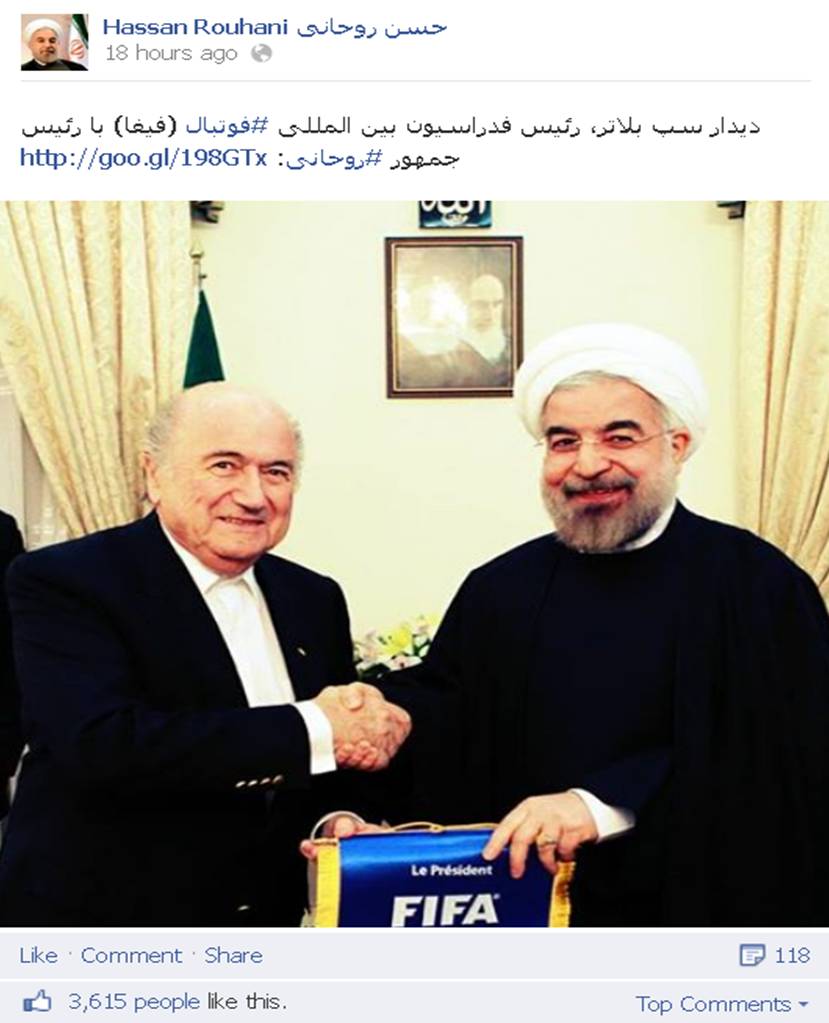It is a Saturday night in 2023. Despite the inconvenient hour, the Tel Aviv-Shiraz EasyJet flight is full of expectant Israeli and American backpackers, Iranian traders and the odd oilworker expat family based in Iran returning from a long weekend of sightseeing…
Sounds completely unrealistic? Well, stranger things have happened, and we gave some reasons in our previous post why a détente with Iran is possible. For argument’s sake, let’s assume that Iran moves from pariah state to a fully accepted partner in international relations. Think Vietnam-US relations, Myanmar coming in from the cold, tourism in Prague in the 1990s versus the 1980s…
 Flight of fancy. Source: We made this one up...
Flight of fancy. Source: We made this one up...
Let’s concentrate on the economic consequences and also assume that it will have at least a rudimentary market economy, where the profit motive dominates rent-seeking. With a relatively well-educated population, a substantial diaspora and capital abroad, as well as lots of pent-up opportunity after the elimination of sanctions, the result would almost certainly be an economic and trade boom, and a large increase of oil and gas production in particular.
Tethys Sea bounty
Iran, Saudi Arabia and Iraq all abut the Persian Gulf, which by some quirk of nature (it has to do with the ample sediment formation and lucky geology of the Tethys Sea a few hundred million years ago, but we may just be making that up…) is home to about half of the world’s oil reserves and about 40% of its natural gas - although unconventional gas could change that ratio. Either Iraq or Iran could easily produce as much oil as Saudi Arabia can now (about 12 million barrels per day (MMbpd), or 13% of current global consumption), for at least 30-40 years, probably more, at a very low cost. So far they have not done so because of war and bureaucratic incompetence in Iraq, and because of an economic embargo in Iran. The embargo has been preventing equipment and expertise going in and oil coming out of the country. Both Iraq and Iran have the capacity to produce much more than current levels, but Iran is now producing only 2.6 MMbpd because of the trade embargo. There are already signs that Iran is preparing for a large involvement of foreign companies in its energy sector…
 Charm offensive. Source: Facebook. We did NOT make this up!
Charm offensive. Source: Facebook. We did NOT make this up!
Another oil supply shock besides shale
Iran has an OPEC oil quota of about 4 MMbpd, so going back to that would increase global oil supply by about 1.5%. Saudi Arabia may grudgingly counteract this increase for a while, but that would hurt its own pocket, and OPEC is already being challenged by the US shale oil revolution. So Iran ramping up production to its old OPEC quota level would eventually put a downward pressure on oil prices.
But Iran would not even necessarily stick to its OPEC quota. Iran has a larger population than Saudi Arabia and Iraq combined, and thus it may well want to rewrite the old OPEC rules. It is likely that it will want to increase its production in line with that of Iraq, and possibly rival Saudi Arabia – as it did in the late 1960s. And that, in turn, may well mean a de facto end of OPEC and significantly lower oil prices. Other OPEC countries would be in trouble politically, because they currently buy social peace with high oil revenues – Iran is not used to that, and in any case the higher quantities of oil and gas sold could offset price declines and thus protect revenues.
Global gas abundance, cont.
In terms of natural gas, Iran is an even more significant player than it is in the case of oil. Iran shares the huge South Pars/North Dome field with Qatar. This field has something like 50 trillion cubic meters of gas, or about 16 years’ worth of world consumption – and currently tiny Qatar is the one that is producing from it in significant quantities. Overall Iran has the largest proved reserves globally, at 18% of the world total (according to BP), at least as far as conventional gas is concerned. In fact, its reserves are probably underestimated, due to a lack of access to modern technology. At current reserve and consumption levels, Iran’s proven reserves could supply the EU with gas for more than 70 years.
All of this new gas coming to the market would mean a further push in the direction of global gas abundance, a topic we have discussed earlier here and here. But monetizing gas means a need to build up infrastructure.
![Oman-LNG-Gets-New-CEO[1].jpg](https://m.blog.hu/gu/gurulohordo/image/Oman-LNG-Gets-New-CEO%5B1%5D.jpg) The flexible "pipeline": LNG would be a winner. Source: www.lngworldnews.com
The flexible "pipeline": LNG would be a winner. Source: www.lngworldnews.com
Still no Nabucco…
There are two logical ways to monetize its natural gas wealth once Iran becomes a normal country: pipelines and/or LNG export terminals in the Persian Gulf. A pipeline from southern Iran to Central Europe would be about 5,000 kilometers long. This would have the advantage of supplying energy- deficient northern Iran as well, but even then it would probably be a more expensive transport option than LNG tankers – the breakeven distance between these two methods of transport is about 3,000 kilometers. So it is possible that a relatively large pipeline to Turkey through northern Iran would be built, but it would not go as far as Central Europe. Another pipeline option would be to target the Pakistani/Indian market, which has been planned for a long time now, though Pakistan-India relations would need to improve significantly for that to prove feasible.
LNG is the winning export option
As we noted several times, other things being equal, we like LNG compared to pipelines due to the greater flexibility for both sellers and buyers. The memories of the embargo would make Iranians cautious with regard to relying on pipelines anyway, and LNG would also win on a cost basis, so most likely this would be the winning option for monetizing the gas. The export capacity would take years to build up, but then Iran could be one of the leading LNG exporters, potentially rivaling Qatar, Australia and the US, the trio that is currently set to dominate the global gas market by the 2020s. India and China would be the obvious major destinations for the gas export. A global gas cartel á la OPEC is not very likely, because it is against the law in Australia and the US, so LNG prices would eventually decline, especially in Asia. This would help convince large Asian coal users (China, most significantly) to switch to using more gas instead – with huge environmental benefits.
Flights of fancy
Overall, Iran coming in from the cold could significantly re-jig energy markets, and would point to lower energy prices on the longer term. Saudi Arabia and Qatar would be the obvious regional losers, both in terms of revenue and influence. The winners would be Shia Islam, energy importers like Europe and Japan, as well as energy-intensive industries. A fast-growing Iran with its infrastructure build-up would benefit investment goods producers, oil service and infrastructure companies, and other economies in the region, like Turkey and Pakistan. The flow of ideas and people would lead to intellectual flourishing and a lot of unexpected developments – in that case, it may even be possible for that EasyJet flight mentioned in the beginning to fly…
A bejegyzés trackback címe:
Kommentek:
A hozzászólások a vonatkozó jogszabályok értelmében felhasználói tartalomnak minősülnek, értük a szolgáltatás technikai üzemeltetője semmilyen felelősséget nem vállal, azokat nem ellenőrzi. Kifogás esetén forduljon a blog szerkesztőjéhez. Részletek a Felhasználási feltételekben és az adatvédelmi tájékoztatóban.




